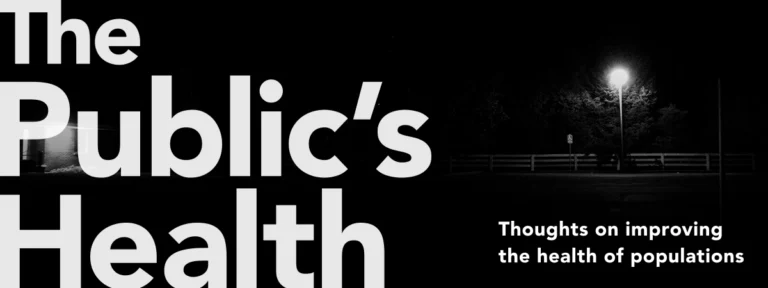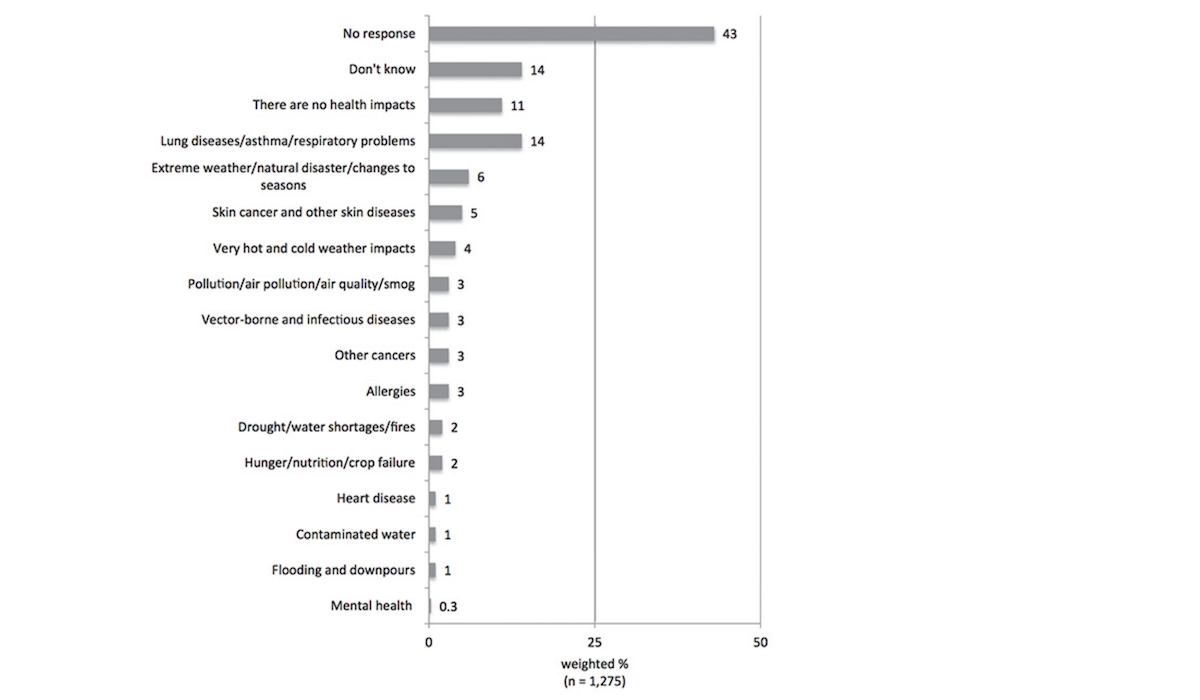Mental Health and Mortality
Mental illness contributes more to disability adjusted life years than any other condition worldwide, with unipolar depression leading the way.

Read Time: 4 minutes
Published:

Mental Health and Mortality
Mental illness contributes more to disability adjusted life years than any other condition worldwide, with unipolar depression leading the way. And yet, prioritizing mental health among the assortment of concerns and actions of population health thinking remains a distant hope. There are many reasons for this, starting with the historical stigma around mental illness and continuing with our lack of understanding of brain processes—and therefore behaviors—at the cellular or molecular level. But perhaps one of the core reasons is that we do not keep in mind the extraordinary burden of death associated with mental health disorders.
Most obvious are deaths due to suicide. There are about 1 million suicide deaths a year globally, or about one every 40 seconds, and suicide is the second leading cause of death among 15- to 29-year-olds globally. Far from the popular rendering of suicide as a rich country problem, more than 75% of all suicides happen in low- and middle-income countries. Mental illness is the clearest driver of suicide.
Perhaps less obviously, a range of deaths from other conditions are, at heart, mental health problems. Deaths from cigarette smoking are really deaths due to nicotine addiction; that is 6 million deaths a year, or one every 5 seconds. And the more than 3 million deaths a year linked to alcohol are linked to misuse of alcohol, also a mental health problem. The current opioid overdose crisis, our leading killer of young adults, should have ended our innocence about the relationship of death and mental health disorder.
The consequences of mental illness extend beyond an enormous burden of lost years of productive life to a large burden of death. It seems to us that we must include death from mental illness in any discussion of health and the consequences of non-communicable disease. Only in this way will we pay as much attention to mental health—in our research and in our practice—as it deserves.
Warmly,
Michael Stein & Sandro Galea

SAME DOCTOR, BETTER OUTCOME
These authors reviewed papers evaluating the degree of continuity of care, defined as repeated contact between a patient and doctor, and its relationship to patient survival. Of the 22 observational studies included in the analysis, 18 showed that higher levels of continuity of care with doctors were associated with lower mortality rates. The authors speculate that patients disclose more, doctors are more responsive, and medical management may be more tailored to patient needs and therefore more effective as the strength of the patient-doctor relationship grows. Perhaps greater patient optimism or increased uptake of immunizations also contribute to these survival improvement findings.

DO AMERICANS KNOW THE HEALTH IMPACTS OF GLOBAL WARMING?
The majority of Americans believe that global warming is real. However, citizens’ understanding of climate-driven health risks has not been described. Dr. Edward Maibach and his team conducted an online survey of US adults to measure respondents’ understanding of the impact of global warming on human health.
As shown in the Figure, survey participants were asked an open-ended question, “In your view, what health problems related to global warming are Americans currently experiencing, if any?” More than half of the 1,275 respondents didn’t provide a response or know of an answer. Eleven percent believed that no health impacts exist. Only 27% named a health-related problem. Respiratory diseases were most frequently cited as a threatened health condition (14%), followed by injuries or deaths due to extreme weather (6%), and skin cancers and other skin diseases (5%). Americans rarely identified other well-known climate-driven health problems such as the spread of insect-borne diseases, the contamination of food and water, and threats to food supplies and mental health, which may not yet be perceived as pervasive in the US.
Feature image: The Annals of Global Health, “Do Americans Understand That Global Warming Is Harmful to Human Health? Evidence From a National Survey,” Edward W. Maibach, Jennifer M. Kreslake, Connie Roser Renouf, Seth Rosenthal, Geoff Feinberg, Anthony A. Leiserowitz





